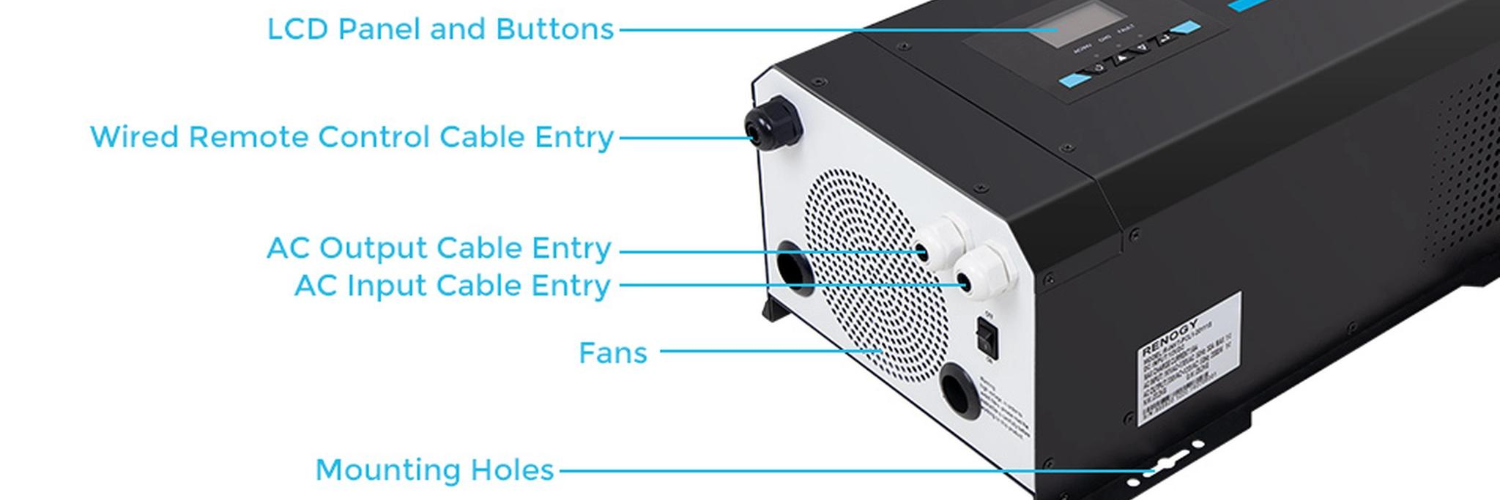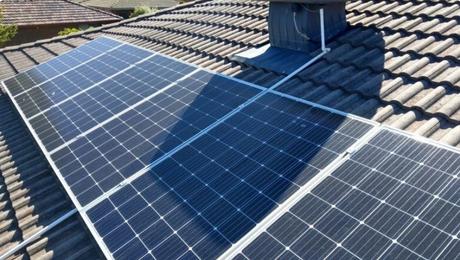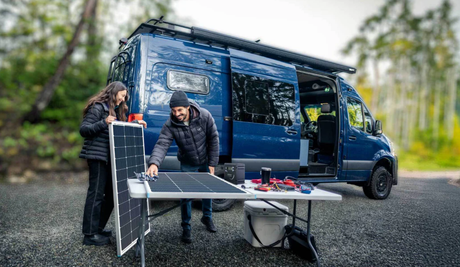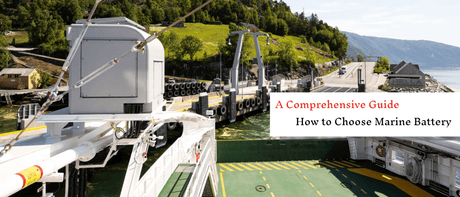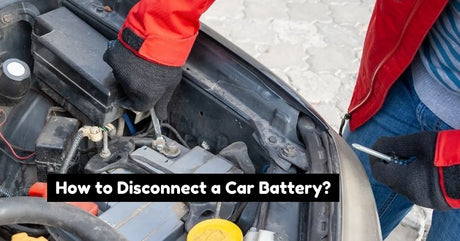By now, you may know that inverters convert the DC output from your solar panels into AC power your appliances can use. They are an essential component of every solar system.
Solar inverter chargers, however, are a more advanced version of the ordinary inverter that may be worth your money if you have solar panel kits installed on your RV, van, or motorhome.
Since solar inverter chargers can convert DC to AC and charge a battery pack when shore power is available, they are becoming increasingly popular among RV, van, and compact homeowners.
Inverter chargers come in various shapes, sizes, brands, and models. There are also a variety of wattage options to choose from. Choosing the best option might be difficult.
When it comes to picking the best inverter charger for your application, there are a lot of variables to consider, especially as you move into higher power levels (800 watts or more). This article looks to evaluate two inverter options-the 2000 and 3000-watt options.
What is an Inverter Charger?
An inverter charger is an appliance that draws shore power to charge a battery bank and perform all of the functions of a standard solar inverter. When an inverter charger is connected to external power, it contains an automated sensor transfer switch that switches to input. Your solar installation will return to its normal operating state once the shore power is unplugged.
As you might expect, the biggest benefit of a solar inverter charger is that it provides constant energy independent of charging circumstances. This means that even if your panels aren't collecting enough electricity, you'll never be left in the dark.
Inverter chargers offer outputs of about 2,000 to 4,000 watts, as well as a strong battery charger, charge controllers, battery monitors, and remote controls.
When the inverter charger identifies another source of AC power (hooking into shore power or starting your portable solar generator), the inverter charger switches to charging batteries. When the external AC supply fails, it automatically converts from battery charger to inverter.
Because inverter/chargers consume a lot of current and can create dangerous shorts and electrical fires if improperly connected, they should be installed by an expert.
What are the Types of Inverter Chargers?
There are two types of inverter battery chargers include:
Pure Sine Wave Inverter chargers: Pure sine wave inverter chargers create current in the shape of a pure sine wave. Because of this, pure sine wave inverter chargers deliver smooth, quiet, and stable energy to run appliances and devices without causing any interference. Pure sine wave inverter chargers incorporate overload protection for both the DC and the AC output to prevent harm to the components and the device.
Modified Sine Wave Inverter chargers: In these inverters, the polarity quickly shifts from positive to negative. When looking at the wave, the polarity is flipped back and forth in a stair-step, square pattern. This contrasts pure sine wave inverters that generate a true sine wave. It's important to remember that modified sine wave inverters might harm delicate, sensitive electronics and emit an audible hum while in operation.
You can't deploy a modified sine wave inverter if you have medical equipment you need to power, such as a CPAP machine. Modified sine wave inverters, however, can be a great match for a solar installation when used with simple gadgets and appliances.
What Type of Batteries Can You Charge With a Solar Inverter Charger?
Several batteries, including gel, sealed, and flooded lead-acid batteries, can be charged using the inverter charger. A solar inverter charger will not be compatible with a lithium iron phosphate battery.
Who Should Purchase a Solar Inverter Charger?
Solar inverter chargers guarantee that you have access to electricity at all times. This is especially useful if you're in a region where your solar panels aren't getting enough sunshine to charge your battery bank. An inverter charger is great if:
- You live off the grid but have access to shore power, including a generator or campsite hookups
- You need additional energy or live in a cloudy or sun-deprived environment.
- You are seeking a power backup solution.
What Size Solar Inverter Chargers Do You Need?
Since inverter chargers can charge the battery bank from shore power and convert the DC electricity to drive AC loads in the space, inverter chargers are ideal for RVs, watercraft, and other off-grid applications.
Renogy provides a variety of solar inverter chargers, including the Renogy 3000W pure sine wave inverter charger and the Renogy 2000w or 1000w inverter charger for smaller needs.
When choosing the proper size inverter charger for your application, remember that the inverter charger must match the battery voltage. If you have a 12V battery, you should get a 12V inverter charger. You should also ensure that your inverter charger can handle at least 1.5 times the demand you regularly expect.
To ensure this, we recommend summing up the rated watts of the loads you want to run simultaneously. If you plan to use a laptop, an LED light, and a water pump concurrently and find that those loads add up to a total electricity usage of 600 watts per hour, a 1000-watt inverter charger will be right for you. You can use our solar power calculator to determine the best size to fit your needs.
What to Factor in When Choosing an Inverter Charger
There are a few factors to look at when purchasing inverter chargers:
Wave Form
Today's inverter chargers typically generate 1 of 2 AC power forms: modified sine wave (MSW) or pure sine wave (PSW). The MSW inverter charger is inexpensive and compatible with most products. PSW inverters are more costly, but they can power any AC load, making them ideal for stereos, laptops, and other sensitive devices.
Certain gadgets, such as light dimmers, plasma displays, and sound systems, may not charge as effectively with MSW. Harmonic distortion, a type of electrical noise that can create problems in some electronic circuits, is a common problem with MSW inverter chargers.
Remote Controls
Controlling, real-time monitoring, and programming your inverter remotely is critical, particularly if it is in a difficult-to-reach location. For inverter chargers, remote panels are a must-have.
Power Factors and Generators
For a small generator, the inverter charger creates a huge inductive load (below 8kW). Chargers with a greater "power factor" are preferred since they are not as vulnerable to peak voltage and use less AC power.
What is the Difference Between a 2000 watt and 3000-watt inverter charger?
In comparison to a 2000W inverter charger, a 3000W inverter charger can power larger loads. The size of the inverter is determined by the maximum and continuous loads. The battery size will only inform you how long the inverter can draw that load before the battery is drained. Also, the 2000W inverter charger can only charge one battery at 170AH, while the 3000W inverter charger can charge up to 2 batteries at 170AH.
The 3000W inverter will typically operate quietly at a given load, and you still have the extra power if you need it. The sole downside (albeit minor) of the 3000W inverter charger is that it may draw an extra 500ma of current while idle and on without a load.
How Many Amps Does a 2000w Inverter Draw?
The 2,000-watt inverter charger may draw roughly 83 amps (2,000W) continuous current at full load with good ventilation.
It may draw a surge current of around 186 amps within a microsecond, typically double the continuous current. This can happen when it's connected to significant inductive loads like motors or large freezers.
It's worth noting that, because of its dependability, the inverter charger can handle up to 1.5 amps (36 W) even when no load is attached. For accurate values of continuous, burst, and no-load power, consult the technical specifications section of the given inverter charger type.
How Many Amps Does a 3000w Inverter Draw?
120 volts is the best voltage for a 3000-watt inverter. If the value was 12 volts DC, the inverter would have converted it to at least 110 volts AC.
So, in 120 volts, the amps of the 3000-watt inverter are 3000 watt / 120 volts = 25 amps.
With an efficiency of 85 percent, the 3000-watt inverter's amps at 120 volts will be 25 amps / 0.85 = 29.4 amps.
Where Should You Install Your Inverter Charger?
To minimize a voltage drop or large lines, you should install a fixed-mount inverter charger at least 10' from the battery bank. Choose a place that is cool, dry, well aired, and free of flammable gasses generated by fuel, batteries, and motors.
What Can a 2000 Watt Pure Sine Wave Inverter Run?
The 2000 watt inverter is a handy gadget that transforms DC electricity (direct current power) from your solar panels into AC electricity (alternating current power) to power your home appliances. So, what exactly can a 2000 watt inverter power?
It's a popular alternative for folks who require a portable power source and are always on the move. For example, during a camping vacation, at a campground, or on a food truck.
It's simpler to understand what a 2000 watt power inverter can do if you first understand certain terminology. The starting and running watts, two separate entities in each appliance, are the most crucial. Understanding each term can assist you in determining whether or not your selected inverter can run your appliance during a power outage.
You may have observed that turning on any gadget requires a surge of electricity to start. This electricity is referred to as the starting watts. The gadget uses less energy to operate and is more or less stable. This is the running watts.
Some gadgets, such as light bulbs, toasters, microwaves, and other heat or light-producing equipment, may not require extra starting watts. Appliances that use motors, such as hairdryers, will require extra electricity to turn on.
The following are some of the items that your 2000 watt inverter can power (depending on starting and running watts). Of course, you'll have to determine which gadgets to use concurrently and which ones to turn off.
Kitchen Appliance
- Coffee Maker and microwave-1000 watts each
- 1200 watts toaster
- 750-watt refrigerator
- 600 watts freezer
Communication and entertainment
- 150 watts computer
- 300 watts stereo
- 250-watt television
- Heating and cooling gadgets
- 1200W Portable electric heaters
- 140-watt ceiling fan
A 2000w pure sine wave power converter can power the critical household appliances you'll need during a blackout. If you make accurate estimates, you will be able to stay comfortable, warm, and dry.
What Can a 3000 Watt Pure Sine Wave Inverter Run?
The 3000 watts inverter charger is a good energy source to power several devices that do not exceed the inverter's maximum output. You can extend the range of the equipment as long as the inverter's maximum limit does not exceed 3000 watts.
The inverter's 3000 watts can power a couple of lights, a refrigerator, a microwave, a coffee maker, other home appliances, a computer, and several cell phones. Other appliances include:
- 1200 watts toaster
- 750-watt refrigerator
- 600 watts for the freezer
- 150 watts computer
- 300 watts stereo
- 250 watts television
- 1200 watts portable electric heaters
- 140-watt ceiling fan
Conclusion
Solar inverter chargers may be a real game-changer for many RV, camper, or owners of compact homes. Gone are the days when having stable, uninterrupted access to electricity was a concern. Solar inverter chargers are adaptable and dependable, giving you peace of mind that your solar system will be able to satisfy your energy demands regardless of the weather or season.
Whether you choose to go for the high-load 3000W solar inverter charger for more power or the steady but lower capacity 2000W inverter charger, Renogy is here to cater to all your needs. Renogy is the premier supplier of several solar products including solar power generators, flexible solar panels, battery packs, and more.

